OUR ROOMS
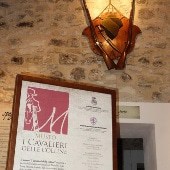
HISTORY
This section tells the events that marked the history of Sardinia, further illustrated by four interpretive panels about the different historical periods: Judicates, Aragon, Spanish and Savoy. The aim of this room is to place the history of the territory in the broader context of the history of Sardinia and Europe.
Continua...
Passing from the Judicates to the Aragon and Spanish period, Sardinia is turned into a feudal territory and lands are mainly granted to powerful Iberian families. This is how the feudal aristocracy was born on the island, loyal to the sovereign and militarily and economically active in military campaigns. Sardinian families were entrusted with lower administrative tasks, which contribute to the establishment of local notables. In 1720, the Savoy family started ruling over the Kingdom of Sardinia and aimed at reducing the power of the great feudal lords. In rural areas, family groups emerge who control the rural and social spheres: some of these were granted noble ranks.
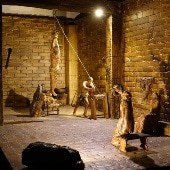
JUSTICE
Justice and the government of local communities are examined in three interpretive panels on the administration of the local community and feudal and ecclesiastical justice.
More...
The latter is enforced through the Inquisition’s tribunal first based in Cagliari and later in Sassari. To widespread their control on the territory, the role of the Familial of the Holy Office was introduced.
The administration of civil and criminal justice is one of barons’ privileges and its extent depends on the type of concession made by the sovereign to feudal lords.
In 1564, to stop the overwhelming power of barons in the administration of justice, the Spanish king Philip II established the court of the Royal Audience, a court of appeal for the cases between vassals, villages and feudal lords.
Some reconstructions of the most used torture instruments and a replica of the Carta de Logu of the Judicate of Arborea are also available in the room.
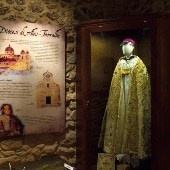
TERRITORY
The history of the area called Parte Montis is closely linked to the Marquisate of Quirra, one of the largest and most important feuds of early modern Sardinia.
In this room you will find the interpretive panels about the main events in the area, accompanied by illustrations and a historical map.
More...
In this room, special relevance is given to the panels about the Diocese of Ales, the so-called Tappa di Insinuazione, whose purpose was to deal with and organise notarial deeds, and the panels about the architecture of the territory. At the centre of the room, a diorama shows the location of the existing and missing villages.
In addition, this room also shows the reconstruction of two noble outfits for men and women, a collection of stamps and seals, and other tools for measuring weights.
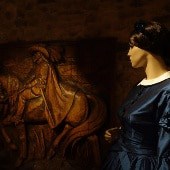
RURAL ARISTOCRACY
The rooms upstairs present a set of interpretive panels about the story of the following families:
Cony, Debosa, Dedoni, Diana, Flores d’Arcais, Massidda, Matzeu, Orrù, Paderi, Salis, Sanna, Senis, Sepulveda, Serpi, Usai.
More...
Your visit is enriched by some ancient books on nobility, as well as other documents and objects that belonged to local noble families and a collection of antique weapons donated by their descendants.
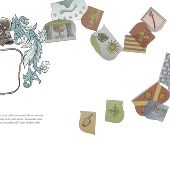
LEARNING
The learning room includes an interactive table provided with multimedia applications, two workstations for in-depth learning about the topics addressed by the museum (i.e. families database and associated genealogies, and external links), and a library with a focus on the history of aristocracy in Sardinia.
More...
This room has a dual function: engaging the younger generations in the history of the area and allowing more experienced scholars to find all the information needed for genealogical research and investigations.

POLO MUSEALE MASULLAS
More...
...allodiale, con la prerogativa di successione anche per linea femminile e l’esercizio in sede giurisdizionale del mero et mixto imperio, che concede il potere di amministrare la giustizia sia nel civile che nel criminale.In ogni curatoria o baronia appartenente al Marchesato vengono istituite le curie baronali e sono nominati i diversi giudici. Le cause sono spesso di natura fiscale, altre riguardano fatti criminali. L’amministrazione della giustizia feudale risulta però confusa e arbitraria: curie senza archivi ordinati, personale dotato di scarsa preparazione, corruzione e connivenza con i bandos organizzati, carceri ridotte al solo ceppo e in locali molto ristretti.
Masullas, oltre alle milizie, ospita in questi locali la curia baronale con le relative carceri.
Nel 1564, per fermare lo strapotere dei baroni nell’amministrazione della giustizia, il sovrano spagnolo Filippo II istituisce il tribunale della Reale Udienza, che giudica in appello sulle cause tra vassalli, villaggi e feudatari.
A farne parte sono letrados esperti in materie giuridiche. L’incarico più importante all’interno della magistratura è il Reggente della Reale Cancelleria, coadiuvato da altri giudici, come l’Avvocato Fiscale.
In seguito alla richiesta degli Stamenti nel Parlamento, nel 1651 viene istituita la Sala Criminale della Reale Udienza, con competenza sulle cause di natura penale.
Il ruolo che la Reale Udienza assume nel corso del periodo spagnolo non è meramente giuridico, poiché essa col tempo diventa un organo consiliare che supporta i viceré nel governo del Regno.
Info
Ex Convento dei Cappuccini
Via Cappuccini, 57
09090 MASULLAS (OR)
Sardegna
Italia
coopilchiostro@tiscali.it
Collegamenti
- Atti amministrativi
- Termini e condizioni
- Privacy Policy
- Cookie Policy
- CEAS
Newsletter
Iscriviti alla nostra newsletter per rimanere aggiornato sugli eventi del polo museale del comune di Masullas
SOSTEGNO PUBBLICO
PROGETTO NEOLITHIC PARK 3D
CUP: E78D17000220007
Bando CultureLab “Sostegno finanziario alle imprese del settore culturale e creativo per lo sviluppo di progetti culturali innovativi”


